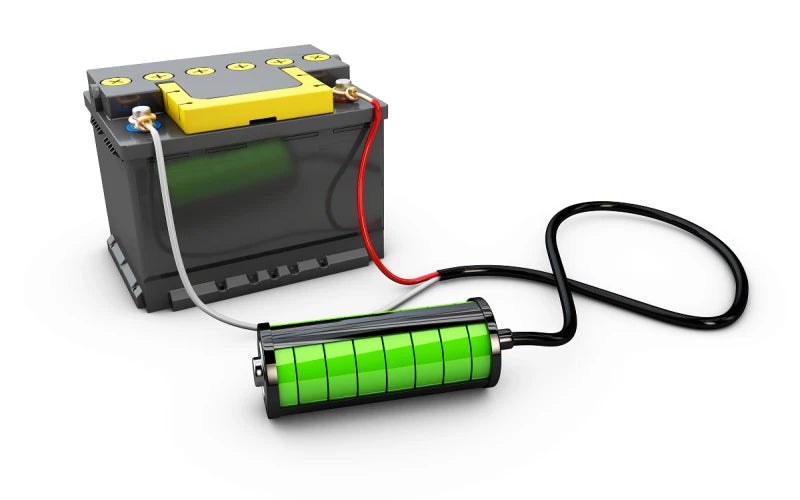
Welcome to our blog, where we share valuable insights into the world of solar energy and offer professional advice to potential customers looking to invest in solar-related products. Today, we'll be discussing an essential aspect of solar power systems: how to properly store solar inverter batteries when they are not in use. By following these best practices, you can ensure that your solar inverter battery remains in top-notch condition, providing reliable power backup whenever you need it.
Understanding the Solar Inverter Battery
Before diving into the storage guidelines, let's briefly understand the significance of solar inverter batteries in your solar power setup. Solar inverter batteries are a critical component of any solar energy system with battery backup. They store excess electricity generated by your solar panels during sunny periods, allowing you to use it during cloudy days or nighttime.
Assessing the Need for Storage
There might be various scenarios when you'll need to store your solar inverter battery. Perhaps you're going on an extended vacation or planning to upgrade your solar power system. Whatever the reason, it's crucial to ensure that your battery is adequately stored to maintain its performance and extend its lifespan.
Preparing for Storage
As the old saying goes, "an ounce of prevention is worth a pound of cure." This saying holds true for solar inverter batteries as well. Before storing your battery, make sure to inspect it for any signs of damage or corrosion. Cleaning the battery terminals and ensuring they are free from dust and debris can prevent connectivity issues later on. Additionally, charging the battery to a sufficient level before storage ensures that it won't face any adverse effects of complete discharge.
Selecting the Storage Location
Choosing the right location to store your solar inverter battery is crucial. Aim for an area with stable temperatures and humidity levels to avoid unnecessary stress on the battery. A well-ventilated and cool space is ideal for maintaining the battery's health during its storage period. Avoid exposing the battery to direct sunlight or extreme temperatures, as this could lead to irreversible damage.
Disconnecting the Battery
When it's time to store the battery, it's essential to disconnect it from your solar power system safely. Following the manufacturer's guidelines for proper disconnection is crucial to prevent any mishaps. Remember to label all the disconnected components for easy reconnection when you're ready to use the battery again.
Battery Maintenance during Storage
Even during storage, solar inverter batteries require a certain level of maintenance to ensure they stay healthy. Periodically check the battery charge and recharge it if necessary. If you plan to store the battery for an extended period, consider using battery maintenance devices or trickle chargers to keep it in optimum condition.
Dealing with Extended Storage Periods
Sometimes, solar inverter batteries might need to be stored for more extended periods, such as a year or longer. In such cases, it's crucial to follow specific procedures to avoid irreversible damage. Make sure to read the manufacturer's guidelines on long-term storage and adhere to their recommendations.
Keeping Safety in Mind
Safety should always be a top priority when handling solar inverter batteries. Whether you're disconnecting, maintaining, or preparing the battery for storage, ensure you wear appropriate safety gear. Always follow safety guidelines to prevent accidents or injuries.
When to Replace Solar Inverter Batteries
Despite all your efforts to store the battery correctly, there might come a time when it needs replacement. If the battery no longer holds a charge, exhibits signs of physical damage, or its performance significantly declines, it might be time to consider investing in a new solar inverter battery.
Conclusion
By now, you should have a comprehensive understanding of how to store your solar inverter battery when it's not in use. Proper storage is essential for maintaining your battery's performance and ensuring it serves you reliably for years to come. Remember to choose a suitable storage location, disconnect the battery safely, and perform regular maintenance checks during its storage period.
We hope this blog post has provided you with valuable insights and actionable tips to care for your solar inverter battery effectively. As you embark on your solar energy journey, remember that a well-maintained battery is the key to unlocking the full potential of your solar power system. Happy solarizing!

0 comments